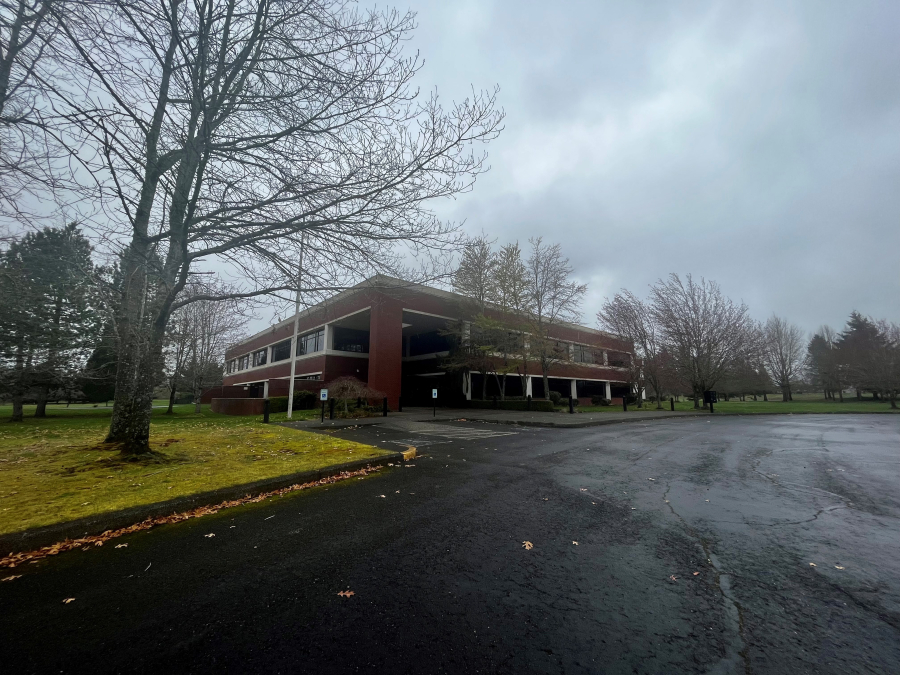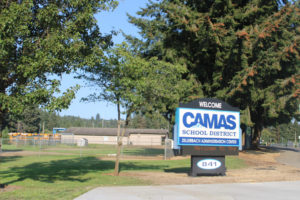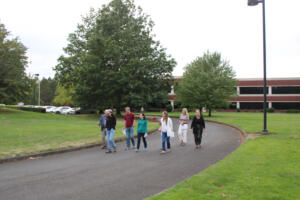Nearly four years after completing a $11.5 million purchase of the former Underwriters Laboratory (UL) campus near Skyridge Middle School, Camas School District officials are considering long-term uses for the 115,000-square-foot building and 57-acre campus.
“You have a very wide spectrum of development opportunities available to you,” Kirk Pawlowski, executive director of the Construction Services Group (CSG), an Educational Service District (ESD) 112 program, told Camas School Board members during the Board’s April 10 workshop. “We want to focus on how those opportunities can contribute to … the community, while supporting the school district’s long-term financial sustainability.”
The Camas School District purchased the former UL building and 57-acre campus — located next to the district’s Skyridge Middle School at 2600 N.W. Lake Road — for $11.5 million in June 2019.
Two months later, then Camas School District Superintendent Jeff Snell said the district was looking into leasing the building to private tenants until it could find a proper education-related use for the campus.
“This is a new arena for us,” Snell told school board members in August 2019 regarding leasing space to private companies. “We haven’t done this before.”



